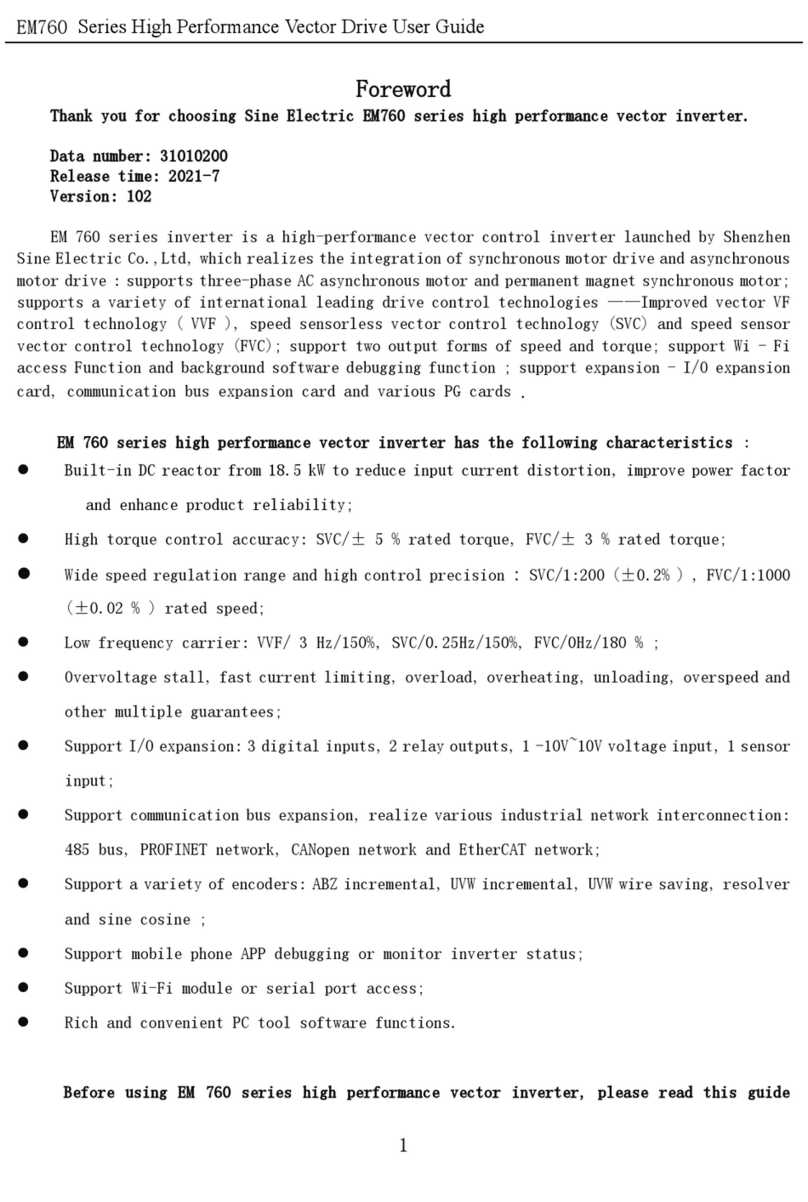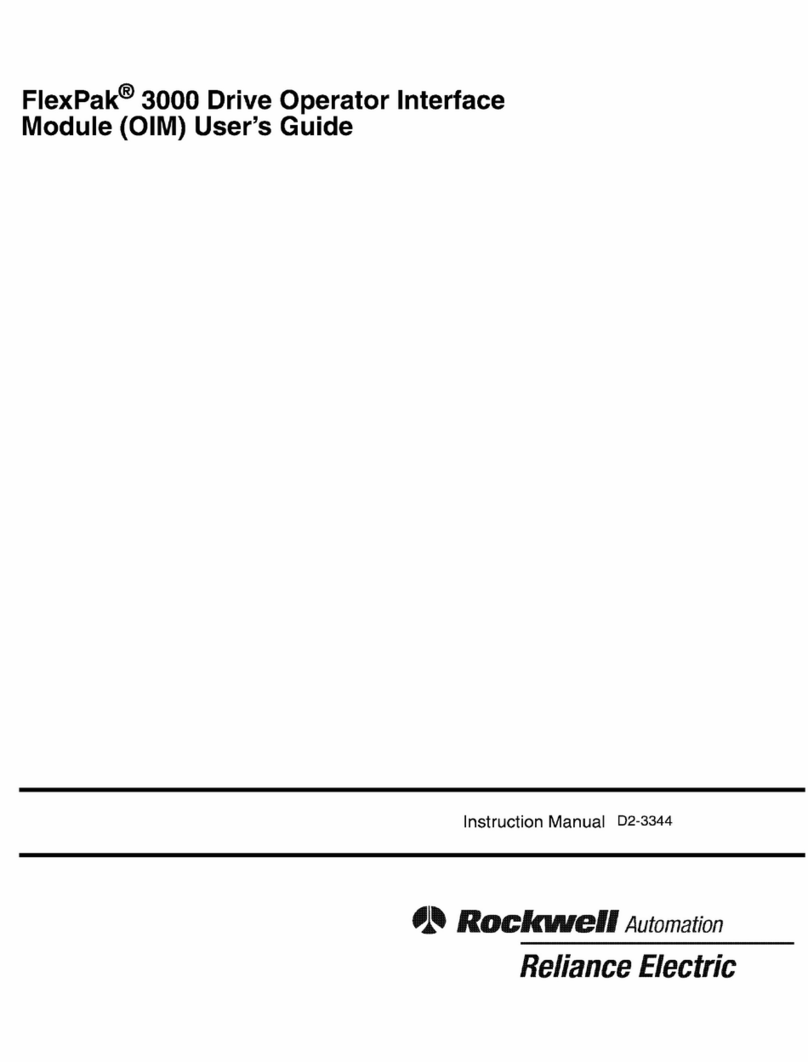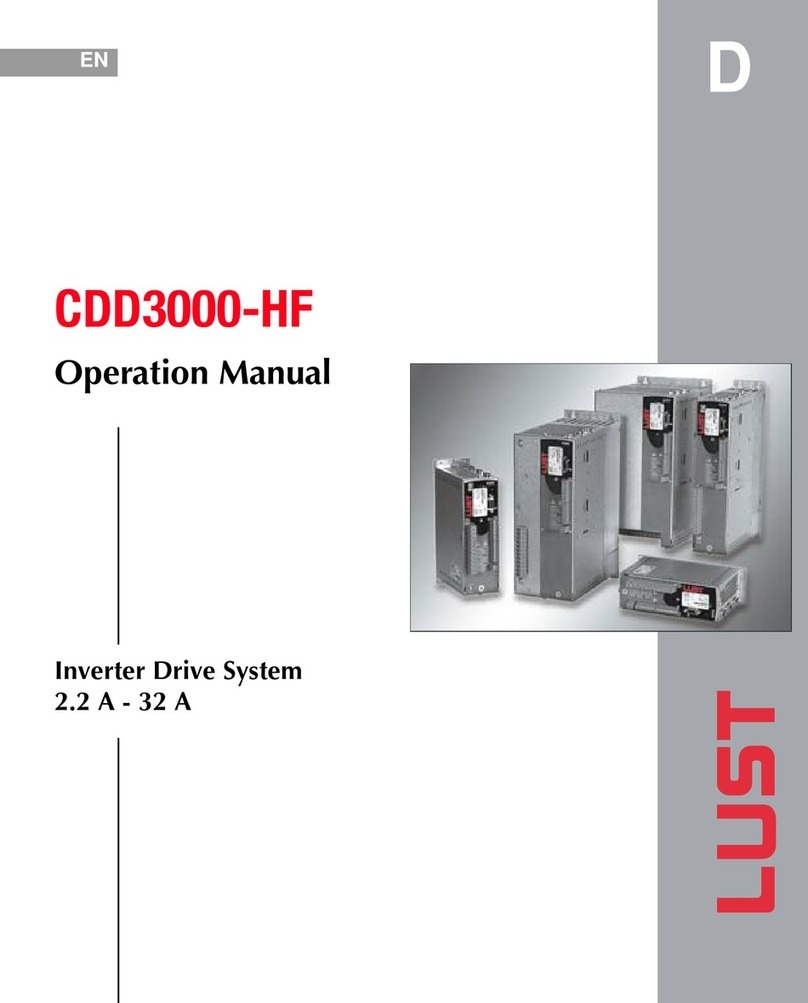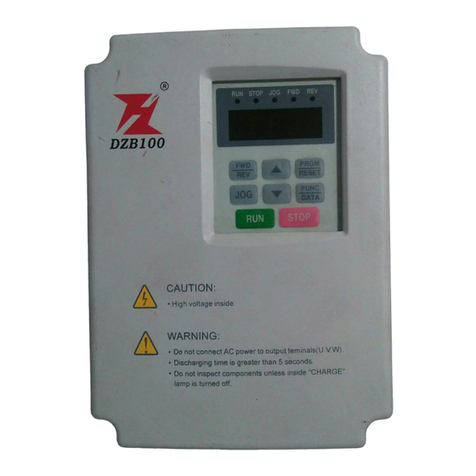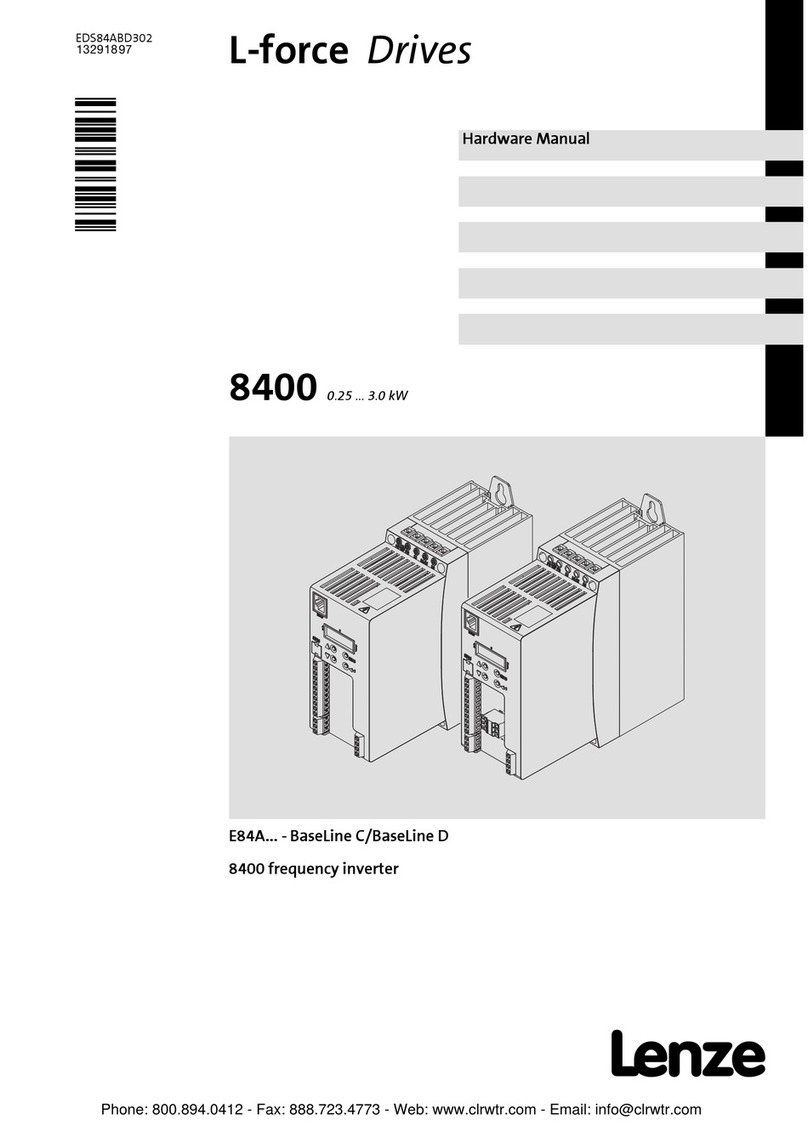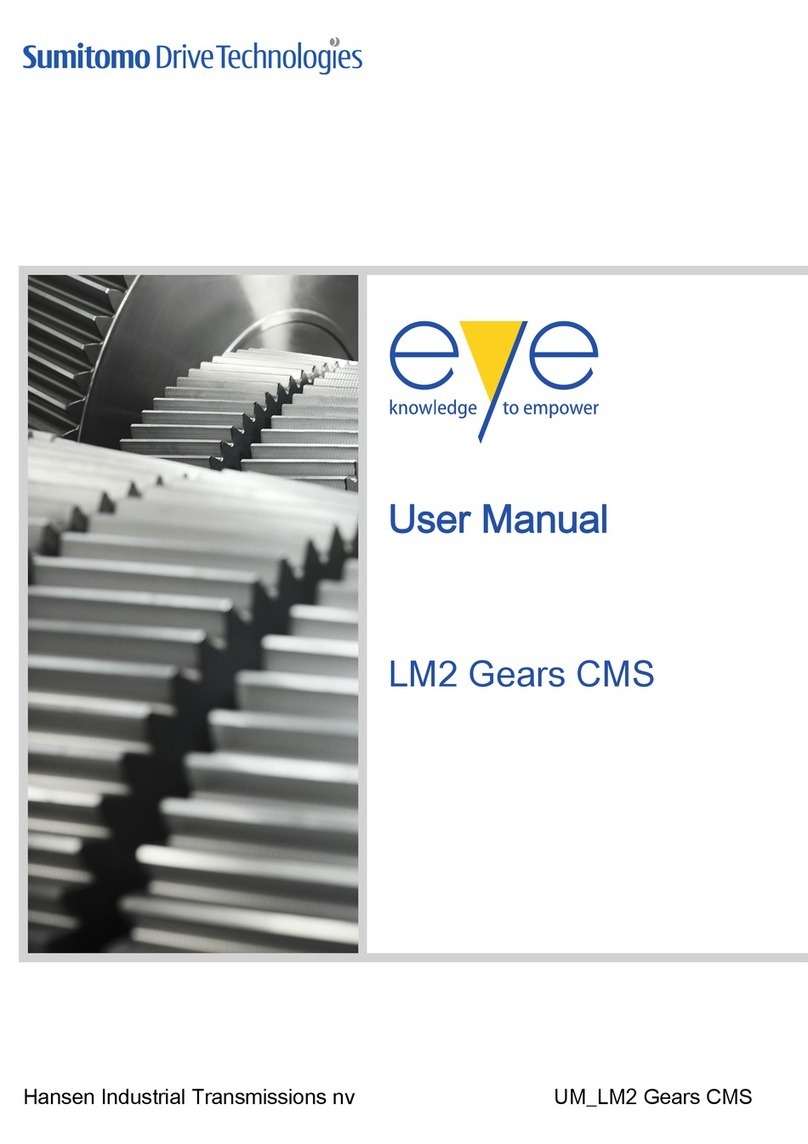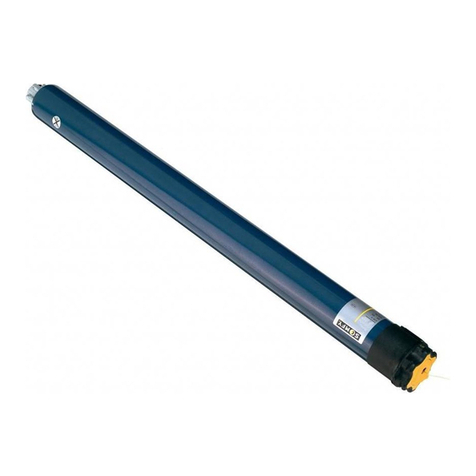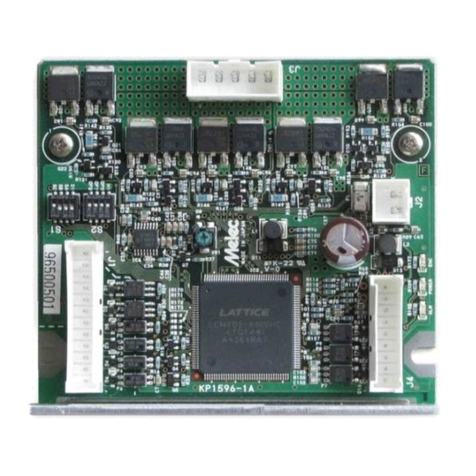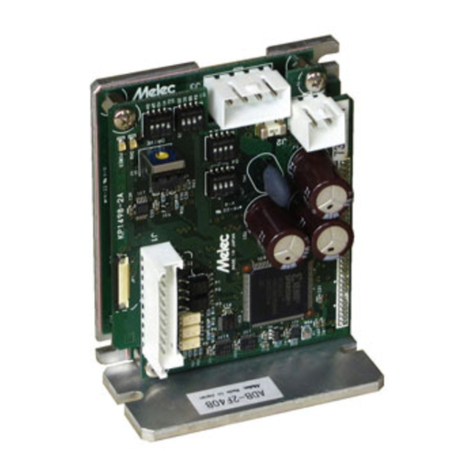
4
dc1406afa
DEMO MANUAL DC1406A
pArts list
ITEM QUANTITY REFERENCE-DESCRIPTION DESCRIPTION MANUFACTURER’S PART NUMBER
Required Circuit Components
1 3 C1, C9, C12 Capacitor, 1206 2.2µF 10% 50V X5R Murata GRM31CR71H225KA88L
2 3 C2, C10, C13 Capacitor, 0603 0.47µF 10% 16V X7R TDK C1608X7R1C474KT
3 3 C3, C15, C16 Capacitor, 0603 10nF 10% 50V X7R AVX 06035C103KAT2A
4 3 C4, C17, C18 Capacitor, 0603 10µF 10% 6.3V X5R Murata GRM188R60J106ME47D
5 1 C5 Capacitor, 0805 1µF 10% 50V X7R Murata GRM21BR71H105KA12L
6 1 C6 Capacitor, 0603 1µF 10% 16V X7R TDK C1608X7R1C105K
7 2 C7, C19 Capacitor, 0603 0.1µF 10% 50V X7R TDK C1608X7R1H104K
8 3 C8, C11, C14 Capacitor, 7343 220µF 20% 6.3V POSCAP SANYO POSCAP 6TPE220ML
9 3 D1, D2, D3 Diode, Rectifier, Barrier, Schottky 1.0A Diodes Inc. DFLS160
10 32 LED00-LED31 LED, Top, 6-Lead OSRAM LRTB-G6TG
11 3 L1, L2, L3 Inductor, 15µH Würth 744778115
12 3 Q1, Q2, Q3 XSTR, P-channel MOSFET Vishay Si9407BDY
13 3 R1, R17, R18 Resistor, 1206 0.03Ω 1% 1/8W IRC LR1206LF-01-R030-F
14 1 R2 Resistor, 0603 499kΩ 1% 1/10W Vishay CRCW0603499KFKEA
15 1 R3 Resistor, 0603 100kΩ 1% 1/10W NIC NRC06F1003TRF
16 3 R4, R19, R20 Resistor, 0603 133kΩ 1% 1/10W Vishay CRCW0603133KFKEA
17 4 R5, R7, R21, R23 Resistor, 0603 10.0kΩ 1% 1/10W Vishay CRCW060310K0FKED
18 1 R6 Resistor, 0603 15.0kΩ 1% 1/10W YAGEO RC0603FR-0715KL
19 3 R8, R25, R26 Resistor, 0603 60.4kΩ 1% 1/10W Vishay CRCW060360K4FKEA
10 3 R9, R27, R28 Resistor, 0603 51.1kΩ 1% 1/10W NIC NRC06F5112TRF
21 1 R10 Resistor, 0603 20.5kΩ 1% 1/10W Vishay CRCW060320K5FKED
22 1 R13 Resistor, 0603 12.4kΩ 1% 1/10W Vishay CRCW060312K4FKED
23 3 R14, R15, R16 Resistor, 0603 5.1kΩ 1% 1/10W Vishay CRCW06035K10FKED
24 2 R22, R24 Resistor, 0603 24.9kΩ 1% 1/10W NIC NRC06F2492TRF
25 1 R29 Resistor, 0603 20kΩ 1% 1/10W Vishay CRCW060320K0FKEA
26 3 R31, R32, R33 Resistor, 0603 5.11Ω 1% 1/10W AAC CR16-R11FM
27 3 U1, U2, U3 IC, LT3746EUHH Linear Technology LT3746EUHH
28 1 U4 IC, LT3010EMS8E Linear Technology LT3010EMS8E
29 1 U5 IC, LTC1799CS5 Linear Technology LTC1799CS5
30 1 U6 IC, 24LC025-I/ST Microchip Tech. 24LC025-I/ST
Additional Demo Board Circuit Components
1 1 CIN1 Capacitor, 22µF 20% 50V Sanyo 50CE22BS
2 0 R30 Resistor, 0603 0Ω Jumper Option Vishay CRCW06030000Z0ED Option
Hardware
1 2 TP1, TP2 Turrets Mill-Max 2501-2-00-80-00-00-07-0
2 14 TP3, TP41, TP54-TP59, TP75,
TP77, TP79, TP81, TP83, TP84
Turrets Mill-Max 2308-2-00-80-00-00-07-0
3 2 JP1, JP2 Header, 3-Pin, 2mm Samtec TMM-103-02-L-S
4 1 J1 Header, 2×7 2mm MOLEX 87831-1420
5 0 J2 Header, 2×7 2mm Option MOLEX 87831-1420 Option
6 2 JP1, JP2 Shunt, 2mm Samtec 2SN-BK-G
7 4 Standoff, Snap-On Keystone_8831








